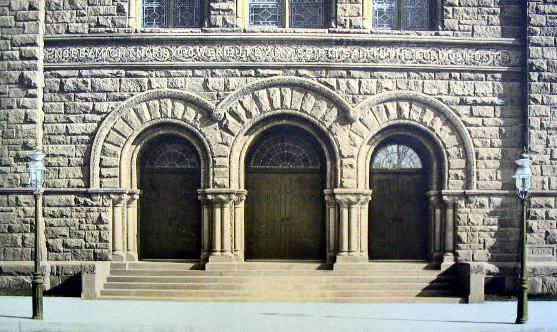Nationality USA Known for Architect | Name Henry Kilburn | |
 | ||
Died September 26, 1905, New York City, New York, United States | ||
Henry Franklin Kilburn, FAIA, (February 20, 1844, Ashfield, Massachusetts – September 26, 1905, New York City) was an American architect active in late-nineteenth- and early-twentieth-century New York City who is particularly associated with church architecture. Although he practiced for a number of years, only toward the end of his career, however, was Kilburn primarily active with ecclesiastical commissions; the New York City Landmarks Preservation Commission reports that "Kilburn was also the architect of many private residences, factories, stables, and theaters in Manhattan."
Contents

Life
Born in Ashfield, Massachusetts, Kilburn served in the Union Army during the American Civil War. After the war, he went to study and practice architecture in Northampton, Massachusetts. Around 1869, at the age of twenty-five, he set up a practice in New York City and was elected a practicing member of the New York Chapter of the American Institute of Architects in 1896. "He was a member of the Architectural League of New York and a number of clubs and associations. He was elected an Associate of the American Institute of Architects in 1886 and a Fellow in 1889."
Much of Kilburn's work has not survived, and that which has, has been under threat of demolition or general dilapidation for many years. He worked in a variety of styles, producing all derivative work of other fashionable architect's styles, including Richardsonian Romanesque and Stanford White's refined Italianate style. This was often due to his designing the more substantial additions or extensions of buildings. He established his practice in New York City around 1865.
